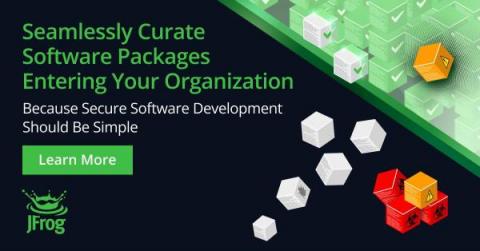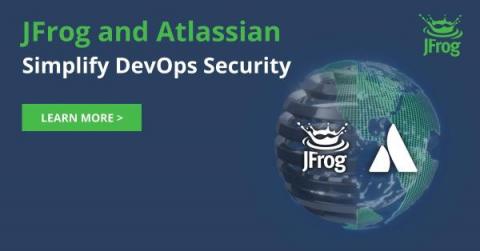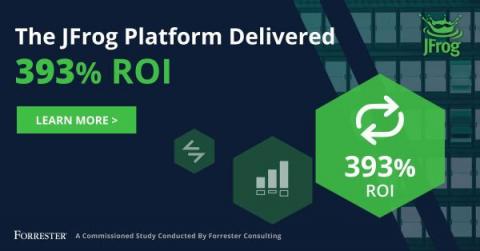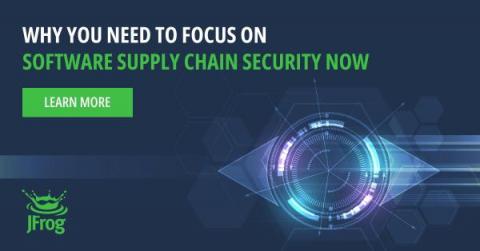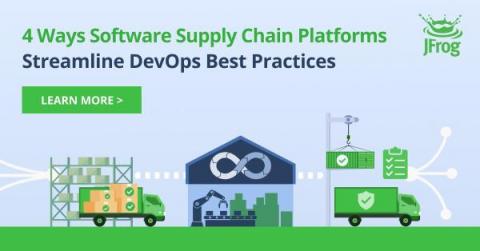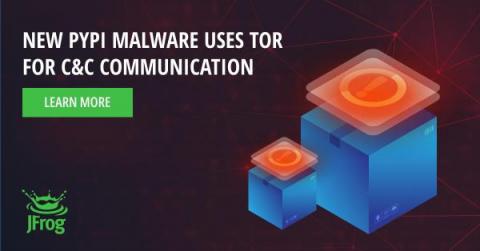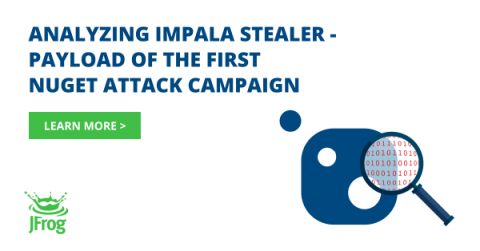Defend Your Software Supply Chain by Curating Open-Source Packages Entering Your Organization | Announcing JFrog Curation
Modern organizations are constantly striving to gain a competitive advantage by delivering software solutions at a remarkable pace. To achieve this, they heavily rely on open-source software (OSS) libraries and packages, which constitute a significant portion (80-90%) of their software solution. However, while open-source software offers numerous benefits, it also presents potential security challenges.


